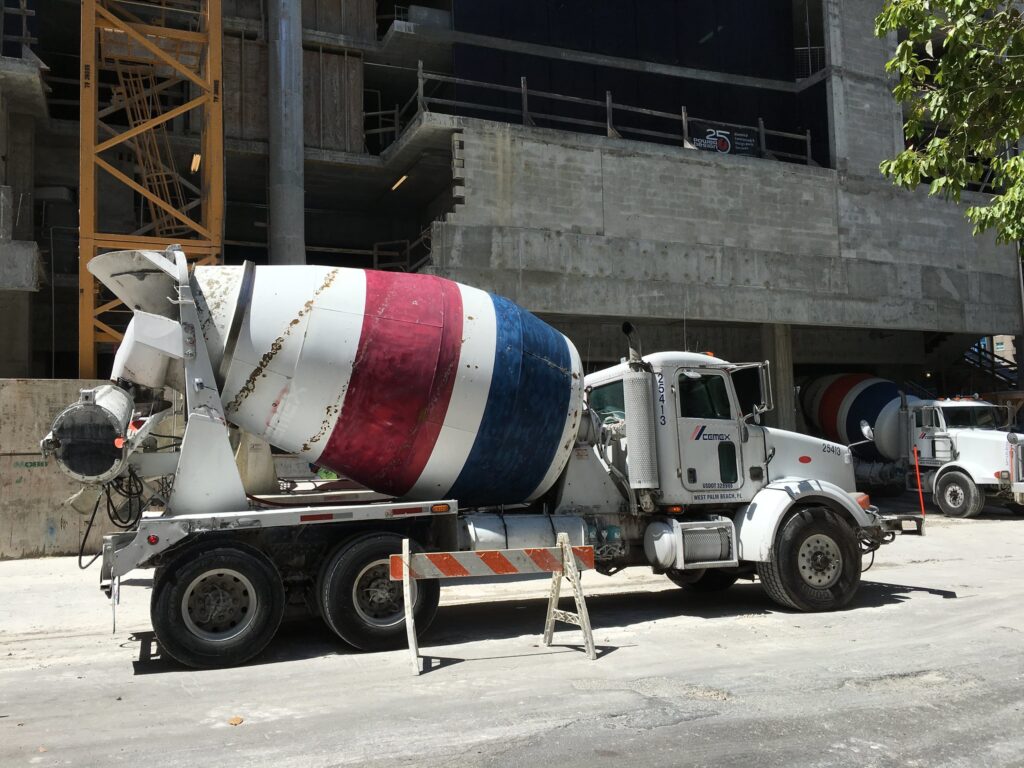
Cement production accounts for about 7% of global carbon emissions. It is one of the most difficult challenges for emissions reduction. The emissions associated with producing cement come from both the energy used to provide heat for the process and from the chemical reactions that take place in the formation of cement. Cement is an essential building block of society, and its use is not expected to decline over time.
A German company called Heidelberg Materials is embarking on an ambitious project to reduce carbon emissions from a cement plant in Norway. They are building a facility to use absorbent chemicals to capture large quantities of carbon dioxide emitted through cement production. More than half a ton of carbon dioxide arises from every ton of cement produced at the plant.
Once the carbon dioxide is captured it will be chilled to a liquid, loaded onto ships, and carried to a terminal farther up the Norwegian coast. From there, it will be pumped into undersea rocks located 70 miles offshore and a mile and a half below the bottom of the North Sea.
With all of this complicated process going on, cement from the plant is likely to be quite expensive. It might even be two or three times the price of ordinary cement. Heidelberg Materials is counting on customers’ willingness to pay much more for cement that comes with green credentials.
Can this be economically viable? Heidelberg estimates that cement accounts for only about 2% of the cost of a large building project but as much as 50% of the emissions. As a result, using carbon-free cement could be a relatively inexpensive way for builders to reduce emissions.
**********
Web Links
Cement Is a Big Polluter. A Plant in Norway Hopes to Clean It Up.
Photo, posted May 7, 2016, courtesy of Phillip Pessar via Flickr.
Earth Wise is a production of WAMC Northeast Public Radio
Leave a Reply